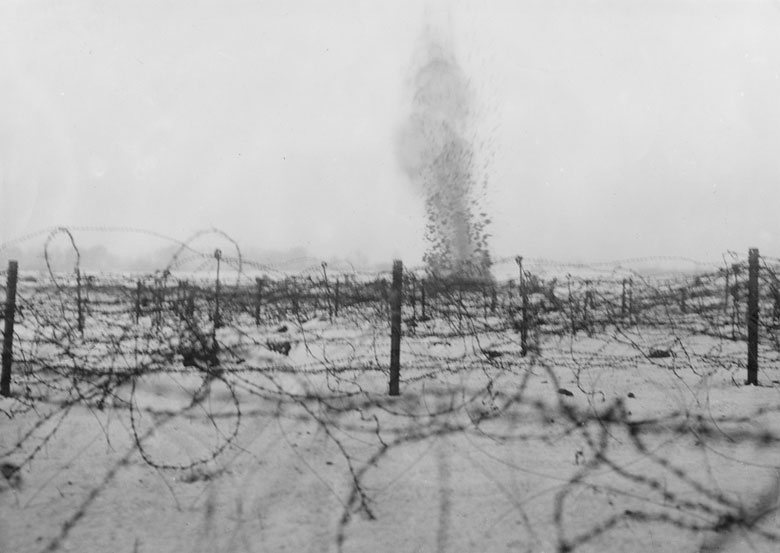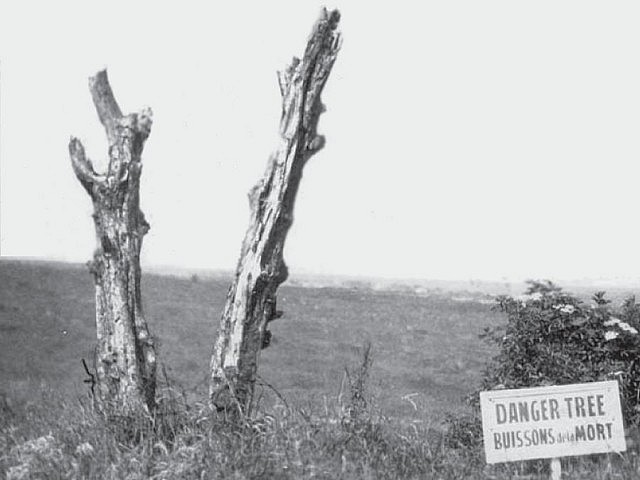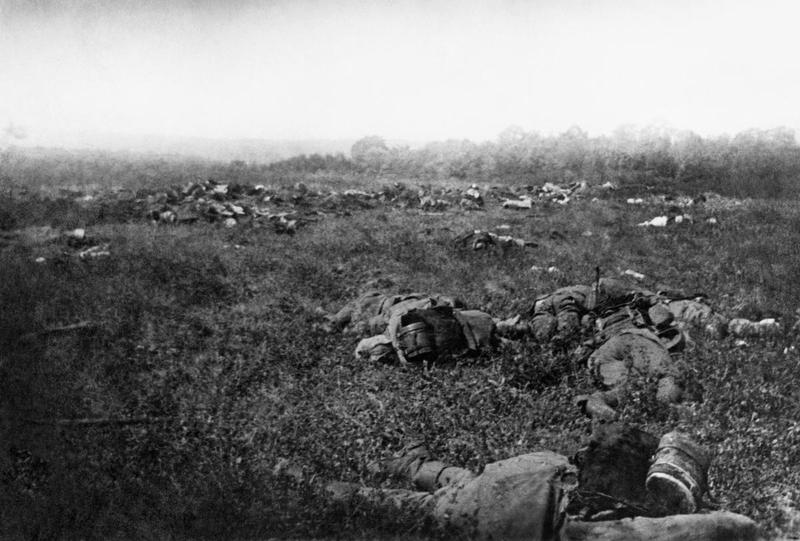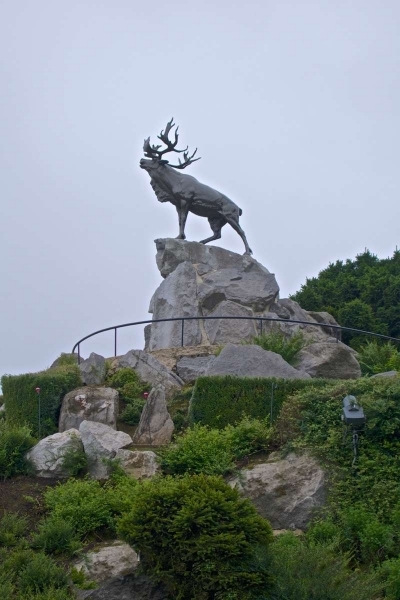The Newfoundland Regiment and the Somme
http://www.heritage.nf.ca/first-world-war/articles/beaumont-hamel-en.php
The Newfoundland Regiment returned from the Gallipoli disaster in March and immediately began training for the Somme attack. "There seems to be a strange pensiveness about everything and we are all strangely thoughtful about the 'Great Push'," Lieutenant Owen Steele wrote in his diary "Everyone seems so cool about it all, quietly preparing for what is going to be the greatest attack in the history of the world, and very possibly the greatest there will ever be. " "We only hope that it may be a very strong factor in bringing an early end to the war."
The Newfoundland Regiment's assignment was to capture the German trenches near the village of Beaumont Hamel. The Regiment would be part of a third wave of attackers to leave Allied trenches.

The first two waves of British attackers had ended in slaughter, but divisional commanders mistook German flares for a signal of success. At 8:45 a.m., the Newfoundland Regiment was ordered to advance "as soon as possible".
The Newfoundland Regiment were in a support trench roughly 200 metres behind the British forward line. The communication trenches were so filled with dead and wounded men that the Regiment's commander ordered the men to advance above ground, navigating through the British barbed wire defences and then into No Mans Land.

The advance was easily visible to the German defenders and the Newfoundlanders were cut down with machine gun and artillery fire before they reached the front British trench. Within minutes most of the Newfoundland Regiment who had advanced were dead, dying or wounded. Most reached no further than the "Danger Tree", a skeleton of a tree used as a landmark in No Man's Land.

Private Anthony Stacey described the advance: "the wire had been cut in our front line and bridges laid across the trench the night before. This was a death trap for our boys as the enemy just set the sights of their machine guns on the gaps in the barbed wire and fired."
Of the 22 officers and 758 other ranks who advanced all the officers and 658 other ranks became casualties. Only 110 out of the 780 men who went forward survived unscathed and only 68 were able to answer roll call the next day. In less than an hour the Newfoundland Regiment had been virtually wiped out.

Throughout the day, survivors tried to make the long and dangerous journey back to their own lines, dodging enemy snipers and artillery fire. Private James McGrath lay on the battlefield for about 17 hours before he finally made it to safety. "The Germans mowed us down like sheep. I managed to get to their barbed wire, where I got the first shot; then went to jump into their trench when I got the second in the leg. I lay in No Man's Land for fifteen hours, and then crawled a distance of a mile and a quarter. They fired on me again, this time fetching me in the left leg, and so I waited for another hour and moved again, only having the use of my left arm now. As I was doing splendidly, nearing our own trench they again fetched me, this time around the hip as I crawled on. I managed to get to our own line which I saw was evacuated as our artillery was playing heavily on their trenches. I was then rescued by Captain Windeler who took me on his back to the dressing station a distance of two miles. Well, thank God my wounds are all flesh wounds and won't take long to heal up."
"It was a magnificent display of trained and disciplined valour, and its assault only failed of success because dead men can advance no further." - Major-General Sir Beauvoir De Lisle referring to the Newfoundland Regiment at Beaumont-Hamel.